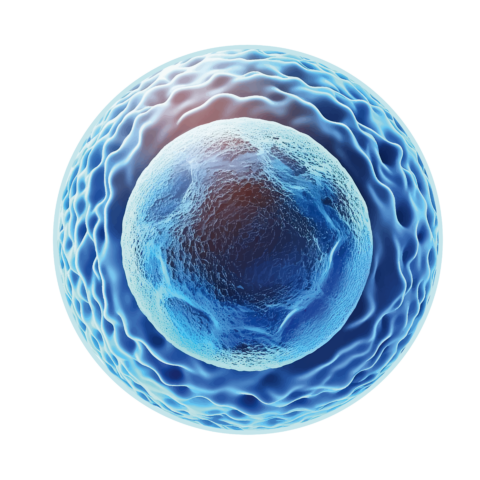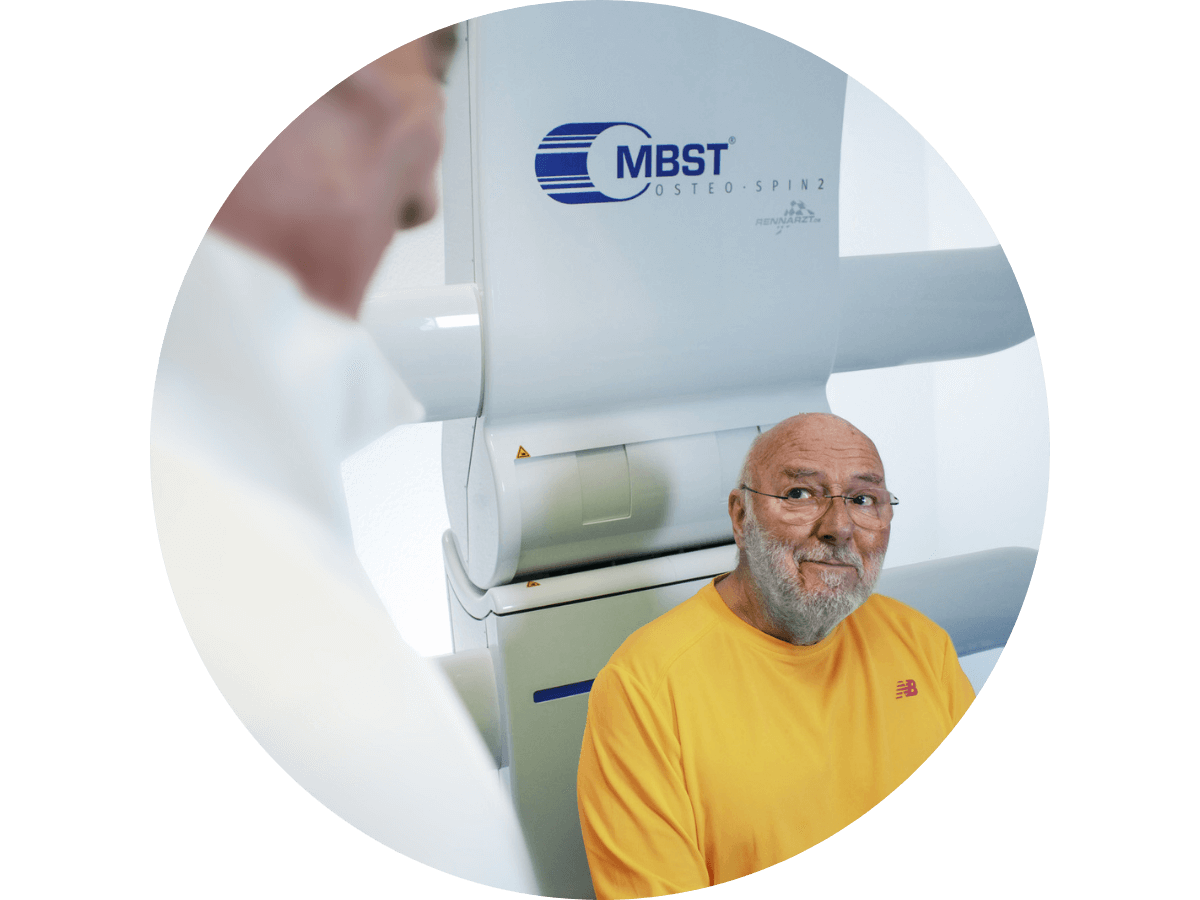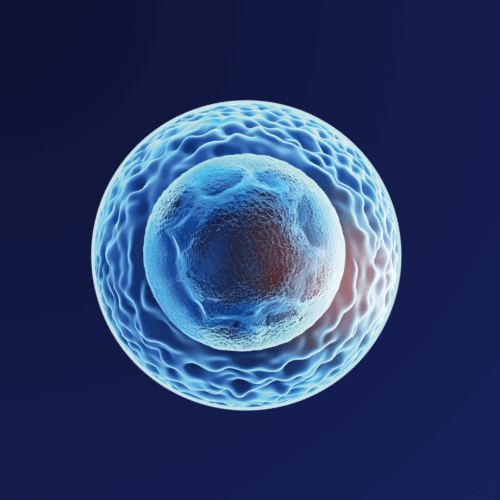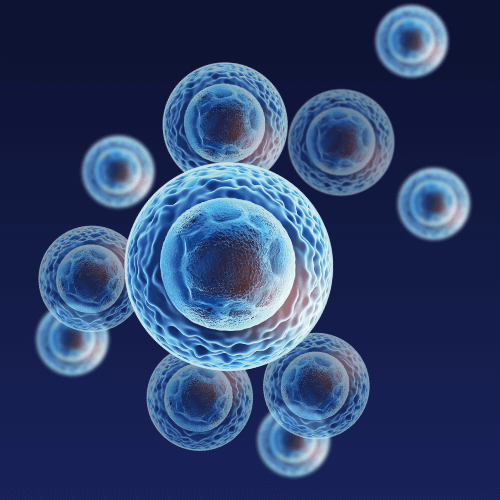MBST® is designed to stimulate the cells of the damaged tissue to regenerate, helping to relieve pain, improve mobility, and support active living with an improved quality of life.


In Europe, one in three households has someone living with pain, often for many years.¹ Those who suffer from it know how much it limits their ability to function and diminishes their activity levels, resilience and quality of life.
Pain is a complex issue in medicine. Acute, short-term pain can often be relieved effectively with medication, but managing long-term or chronic pain is much more challenging.
Correct diagnosis and appropriate treatment can significantly influence the course of the condition.
Nerves are made of connective tissue that links all parts of the body together. All injuries or conditions of the musculoskeletal system can eventually result in pain: injuries, joint degeneration (osteoarthritis), intervertebral discs (back pain), fractures (osteoporosis)…
Often, pain is the symptom that leads patients to seek medical attention.
Inflammation is often a key factor, but in some cases, the nerves themselves are the source of pain. Nerve pain can occur when nerves get damaged, compressed, or inflamed, or when they malfunction. Nerve-related pain, or pain without an identifiable physical reason, is often the most difficult and time-consuming to treat.
Pain relief medications, whether taken as tablets or given via injections, are effective for managing acute pain. However, long-term use can carry the risk of numerous side effects.
Not all types of pain respond to painkillers. This is particularly true for nerve pain, especially when the cause is unclear, or for example, for pain in the bones, which is often linked to osteoporosis.
When no physical cause can be identified or treated, chronic pain patients often feel isolated. Failed treatments not only extend discomfort and limitations but can also increase anxiety about future health and quality of life.


MBST® targets both the symptom and the underlying cause of pain: damaged tissue. By stimulating cells, MBST® promotes various biophysical processes within them.2-6
This may activate natural repair processes, encouraging the regeneration of healthy tissue and supporting wound healing.
Scientific and clinical studies conducted in collaboration with various universities have confirmed the positive effects of MBST® on pain. These include its impact on conditions such as osteoarthritis, osteoporosis, and back pain, as well as its influence on pain signalling pathways and inflammatory responses.2,3,5-7,12

MBST® aims to support the body’s natural regeneration processes directly at the cellular level.

Targeted cell stimulation encourages various biophysical processes within the tissue, potentially promoting regeneration and new tissue development.

Inflammatory reactions in the body can increase pain and impair regenerative processes. Cell experiments have confirmed that MBST® positively influences these inflammatory responses.³
‘The motor skills of both fingers have now improved and there is only occasional slight pain.’
Nerve pain and functional disorders of the fingers
‘If I had opted for an operation, I would probably have needed an artificial hip joint in my early 30s.’
Osteogenesis imperfecta (brittle bone disease)
‘Until that day I had only known constant pain. After the first MBST® treatment, I was PAIN-FREE for 1.5 hours. I really can’t put this feeling into words.’
Osteitis pubis, symphysis rupture and piriformis syndrome
MBST® is a certified medical product used only in the medical field. It’s offered by practices, clinics, and centres as part of their treatment options to ensure you receive the best possible care for your condition.
The TÜV-certified manufacturing process ensures the quality, safety, and reliability of the MBST® therapy worldwide.

There have been no reported side effects of MBST® therapy in more than 20 years of application and about 2 million hours of treatment.
After surgery, MBST® is designed to support the body’s natural healing processes. There are no known interactions with medications or other treatments, so you can continue all other treatments as prescribed by your doctor.
MBST® therapy cannot reverse long-term damage overnight. If you don’t feel an immediate effect, it doesn’t mean the treatment hasn’t worked. Many patients report rapid improvements in mobility and pain relief, with some experiencing complete relief, and sometimes during the course of treatment.8-11 Depending on the individual and their diagnosis, other patients only start to feel the effects several weeks and up to three months after treatment.
1 https://www.schmerzgesellschaft.de/patienteninformationen/herausforderung-schmerz | 2 Steinecker-Frohnwieser et al. 2014, J. Orthop. Rheum., 9/2014 | 3 Steinecker-Frohnwieser et al. 2018, Clin Exp Rheumatology 36, 294–301 | 4 Thöni et al. 2021, Chronobiology International, DOI: 10.1080/07420528.2021.1910288 | 5 Steinecker-Frohnwieser et al. 2021, Int J Molecular Sciences 22, 5959 | 6 Mann et al. 2022, frontiers in cellular neuroscience 16, 859545 | 7 Baños 2021, Nerve card – the function card | 8 Kullich et al. 2013, SCHMERZnachrichten 4a | 9 van Laack et al. 2011, Orthop Praxis 47, 11/2011, 536–543 | 10 Kullich/Außerwinkler 2008, Orthop Praxis 44, 6/2008, 287–290 | 11 Lim Ee Hua/Yoon Kam Hon 2020, Korean Congress of Rheumatism | 12 Randomised-controlled PMCF study regarding the efficacy of the application of MBST® magnetic resonance therapy in post-surgical setting after TEP implantation, Intermediate analysis, Dresden, 2024
You are currently viewing a placeholder content from Google Maps. To access the actual content, click the button below. Please note that doing so will share data with third-party providers.
More Information